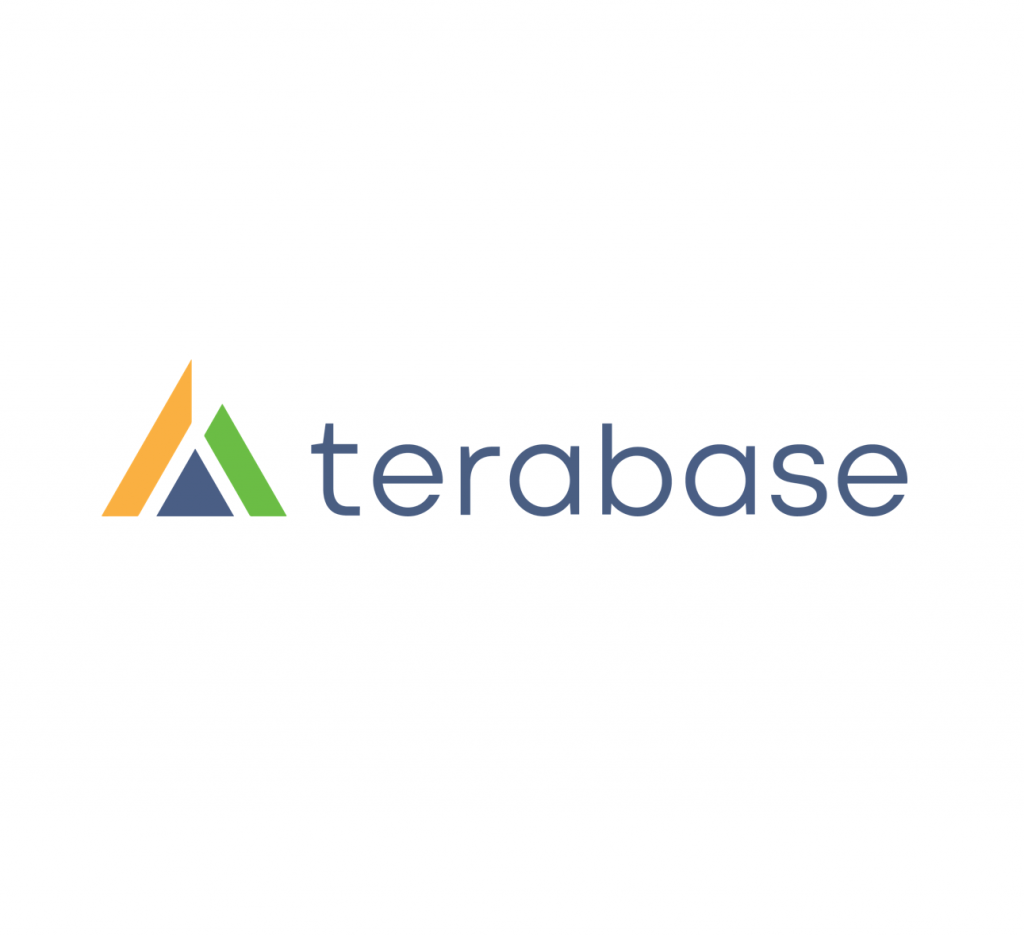Fiverr’s Play at Closing the Education and Employment Loop
October 15, 2021 / Arrun Kapoor LinkedIn / – It was great to see Fiverr’s acquisition of CreativeLive last week. The acquisition will bring an upskilling product under the umbrella of a thriving gig placement platform, consolidating two of the primary components of employment into one offering.
At SJF, we have long been interested in both job/gig placement marketplaces and up-/re-skilling platforms. In the placement space, we have made investments in Jopwell and Catalant, and in up-skilling, we have backed Springboard and Interplay.
To us, it seems intuitive that job marketplaces and educational content should be brought together—both stand to be improved by the addition of the other. Often, job platforms can be transactional and intermittent. Many of them have dormant users, meaning those users are not being placed or even looking for work. In the absence of immediate placements with employers, it’s valuable to offer other benefits that engage those dormant users. Learning content is a great example of this. From the user standpoint, that content could be hugely beneficial for those looking to increase their marketable skills—it can create the potential for higher paying jobs and drive better placement rates. From the platform’s standpoint, offering learning content can improve user stickiness, placement frequency, and better-quality placements at companies, all of which leads to user and employer satisfaction. As a result, the platform can expect greater life-time value (LTV), either through monetizing users or charging more to employers for those upskilled members.
It’s evident the synergies are there, but a question remains on whether job marketplaces need to own content delivery, as Fiverr has done through this acquisition, or if a job platform can provide content delivery through (affiliate) partnerships with vendors. Delivering good content is hard and ensuring learners are progressing and completing at high rates is challenging—up-/re-skilling is a fundamentally different business than job marketplaces. So, Fiverr’s strategy is exciting but not without complications.
Like with any acquisition, in this market or otherwise, assessing complexity of integration and economic synergies are important. Job marketplaces can come in different shapes and sizes. Those differences can either enhance or diminish complexities and economics and, accordingly, make it more lucrative to acquire or more sensible to partner.
Complexity – Marketplaces and content companies are different businesses. In some cases, however, those differences are less pronounced.
– Deep industry focus: Job marketplaces with a very specific focus (usually by industry) require only a limited set of content to be valuable to many users, creating bigger bang for the buck. For example, a gig marketplace for healthcare workers would require tailored content, but that bespoke content would be highly useful to many on their platform. If a job marketplace serves a broad range of users that span sectors, functional areas, and more, the content needs to be correspondingly broad and varied. That adds complexity and cost.
– Low touch content/users: Most content and curriculum companies require meaningful learner support to deliver high completion rates and user satisfaction. This includes services like synchronous live instruction, individual coaching, personalized content, and more. Acquiring content companies can bring those capabilities in-house, but it usually requires building a different organizational muscle and continued investment to have long term success. There are some types of content products that require a much lower touch, both for the content company as well as its users. Content that is shorter in duration or delivered asynchronously is a good example. This is a simpler model for job marketplaces to digest.
Economics – Job platforms should have differentiated ability to assess and capture the economic value associated with enhanced skills and training. For example, these platforms should have a strong point of view that 1) X% of their users will consume this skill enhancing content, 2) those individuals can then be placed X times per month, and 3) the company will capture $X for those placements. When these elements are knowable, it is much easier to evaluate how accretive an acquisition of a content platform might be. In general, the more visibility and control a job platform has on how content might impact their own economics, the more intelligently they can make decisions about accretive acquisitions.
Creating a tighter loop between training and job placement makes a ton of sense. There is a symbiotic relationship between the two. We encourage companies in the placement space to think about bringing learning content closer to their users, and we nudge skills training companies to build off-ramps so their learners can get (better) jobs or be promoted in their current ones. Because job placement and training companies are usually very different businesses, partnerships or M&A (rather than an internal build approach) are usually the best way to bring these two parts together. In Fiverr’s case, they made the bet that some degree of complexity through acquisition can be overcome through accretive economics. We look forward to seeing what they will do in bringing these two key pieces together.


